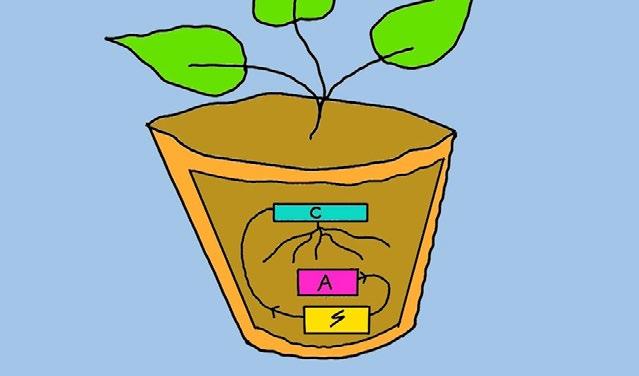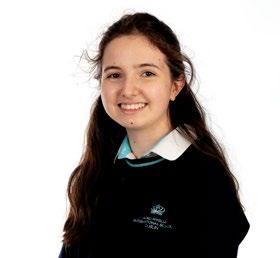
5 minute read
Agustina German
Animated Informational Video: Plant-Based Renewable Energy
How can one sustainably harness the energy produced by plants and what can their possible uses be?
Global Context - Scientific and technical innovation
Goal - To create an animated video on ways to sustainably harness the energy produced by plants into electrical energy and their possible use.

Introduction
For my final product, I created an animation video to explain the technology that can allow us to transform the energy produced by plants into electricity. I created the video having no experience in either animation or digital drawing, which made for an interesting journey. All of the information and statistics discussed in the video are the result of the scientific research I carried out prior to making the video.

Process and Thinking
I decided to centre my project on a field of science because it is something I am very passionate about, science and its function in the betterment of society. I ended up choosing bio-technology because the topic was too interesting to pass up, and it was a chance to learn more about it. Before I could even start to make the video, there was a lot of research that had to be done. The most important parts to research were the topic itself, the software and the process of animation. The photos show some of the information I took from the different sources. There was a lot of research done to make sure that I had the correct information, to simplify the information, and to find the right software. To make sure I was keeping my information concise, I wrote all the important parts I wanted to put in the video on a double-sided A4, ensuring I was keeping it concise so that only the most important parts would be added to the video.
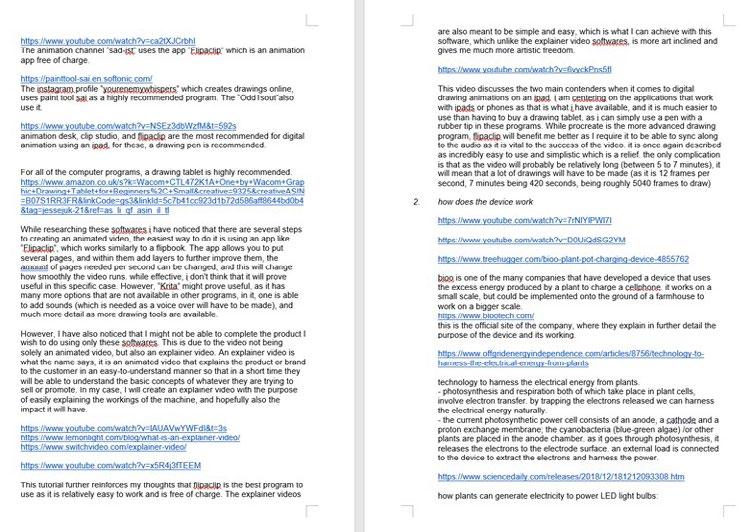
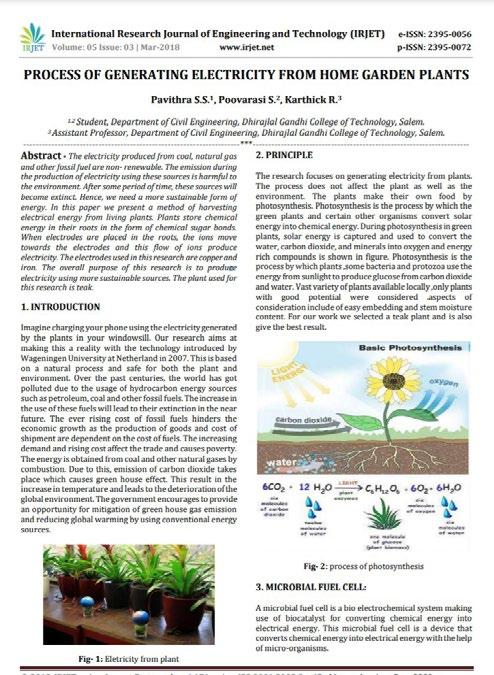
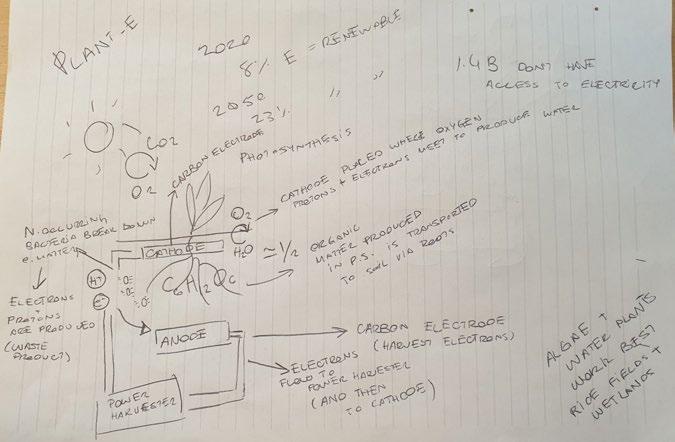
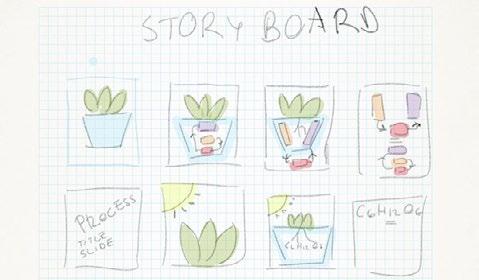

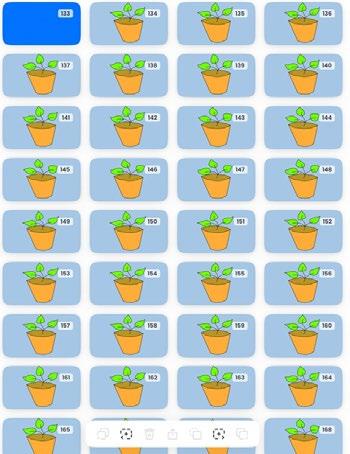
Video Making Process
The video took a lot of time to do, not only because there was a lot of research that had to be done about the topic beforehand, but also because there are certain steps to follow to make sure the video ends up looking good. Once I had condensed and divided all the information I needed, I began the storyboard process. I created a total of two storyboards. The first one was very simple, I made it to figure out what was going where, only the utmost important events of the video where included in this storyboard. The second storyboard was more complex, there I started to piece the video together, figure out how I wanted to do transitions between the events, and how I could make it more interesting. Everything that was going to be included on the video was there. As soon as I had the storyboards complete I began to sketch and create the important scenes. During the whole sketching process I followed the steps I learnt during my research. The extremes were sketched first, then the breakdowns and in-betweens, this way the scenes would be more fluid. The sketching process was more about getting the scenes done rather than making sure the timing was right. Managing the timing and stretching the video was done while creating the final layer. While I was making the final layer, I also started writing the script, Ailbhe had thankfully agreed to be the narrator for my video. Once both the sketch layer and the recordings were done, the hardest part of the process had to be done, making sure it all fits in. During this part, I had to lengthen and shorten scenes, add extra scenes to create more coherence, and cut certain scenes. The video changed a lot when the recordings were added, but as soon as that was done, it looked a lot more like an animated video than ever before. The path after that was straightforward, only missing colours and the background music. The colouring process was boring at times, but the finished product is definitely worth it. While choosing the background music was a bit of a hassle, seeing the end product shows it all paid off.
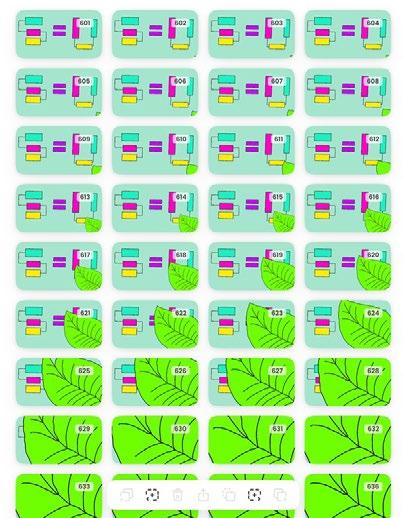
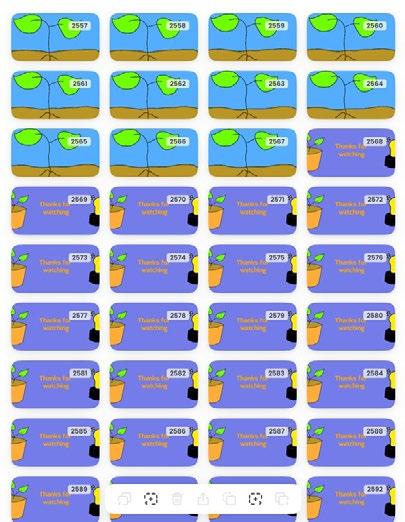
Final Product
The animated video, which as I said is the final product, is 3:40 minutes long and drawn in a simplistic doodle style with lots of pastel colours. The drawing process alone took approximately 2 months, but the end product was definitely worth it. The photos show different scenes of the video. Since it is an animated video, it had to be drawn frame-byframe. For it to be 3:40 minutes, the video had to have 2640 frames.
How to Harness Energy from Plants
Conclusions
What is the most important thing I learnt during this project? I learnt a lot about creating animation and digital art. Starting with zero knowledge, there was definitely an increase in that set of skills. My research skills also improved a lot in the course of this project.
Why did I decide to do this project? As I said before, biotechnology is something I have always been interested in, and digital art and animation have always been skills I wanted to learn. This project was a way to combine both interests and learn something about both of them. How did I overcome challenges and setbacks during the project? Throughout the project there were several setbacks and challenges, to overcome them the only way to go about it was to keep going. Knowing when to take a break to start off with a fresh point of view and when to persevere onwards was a vital lesson I learnt.
